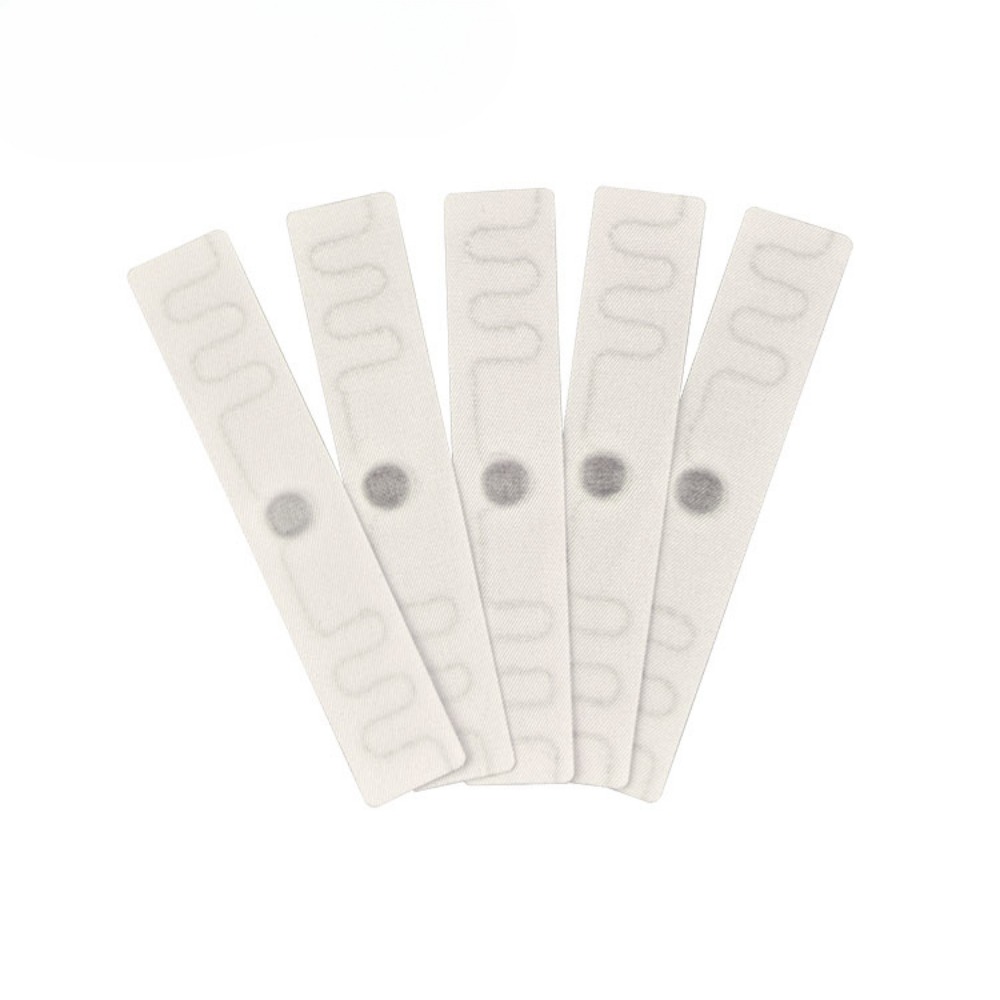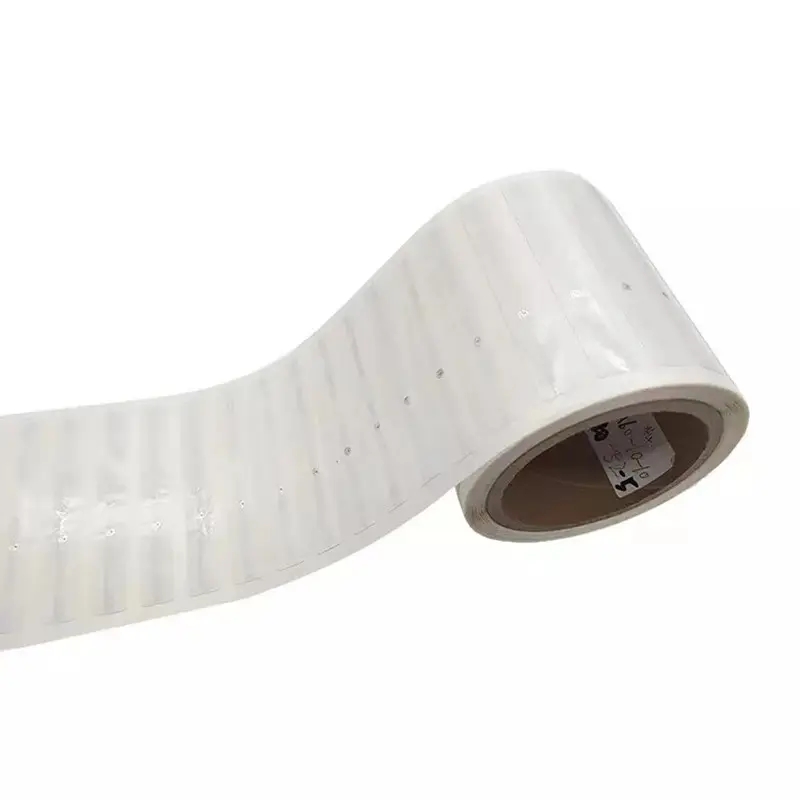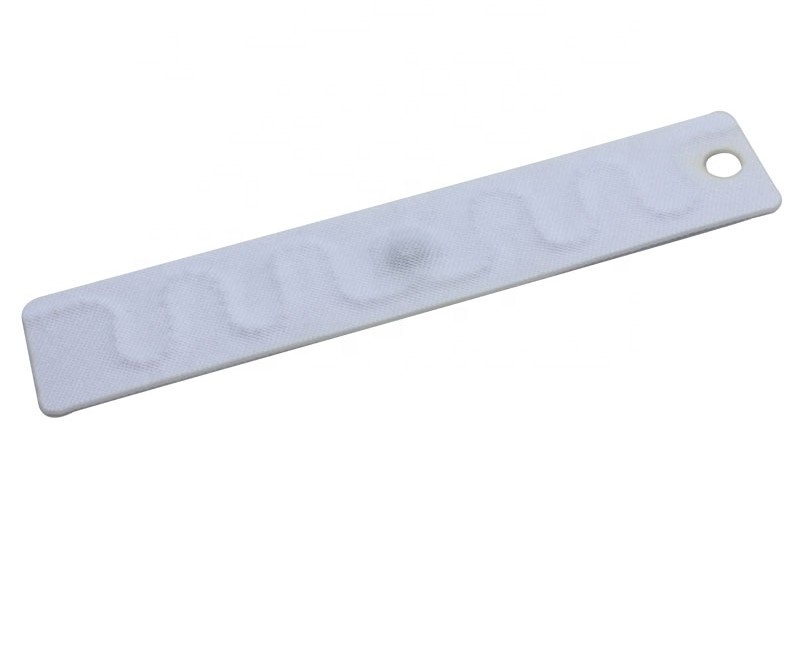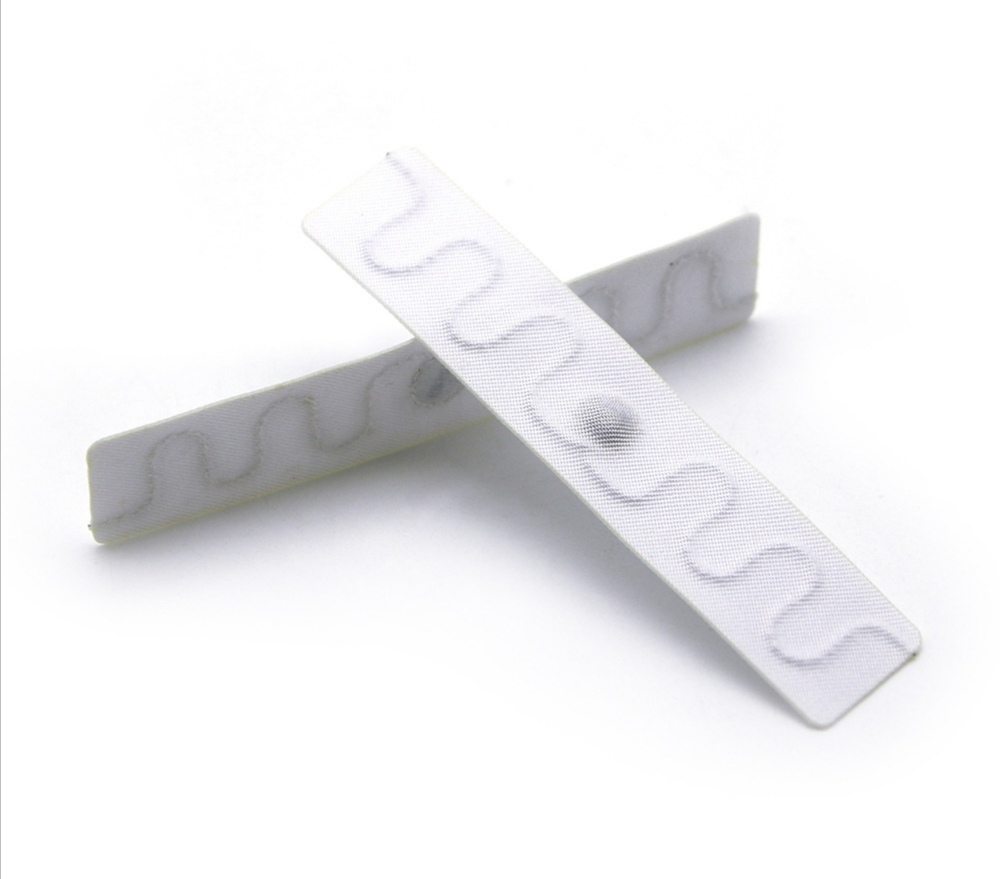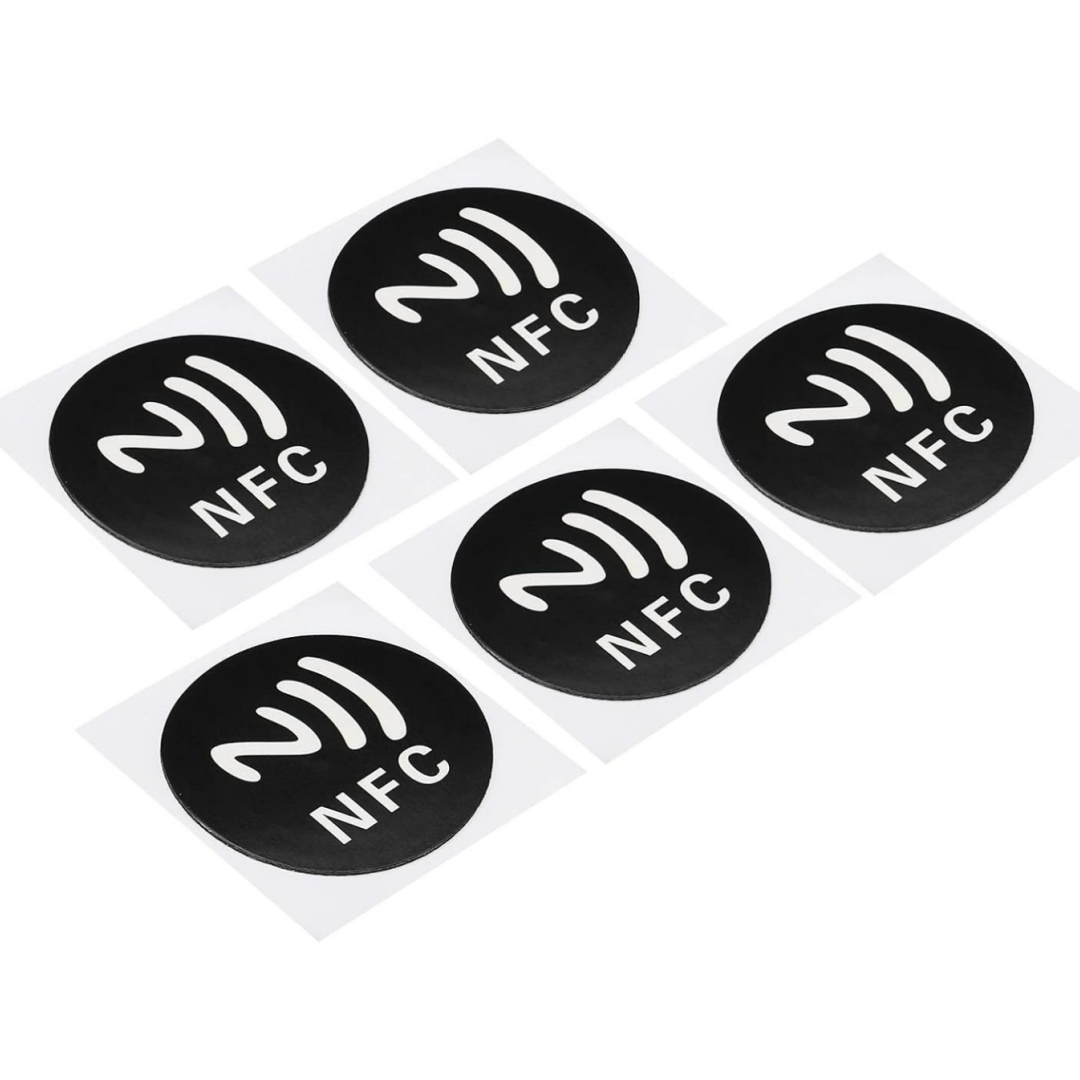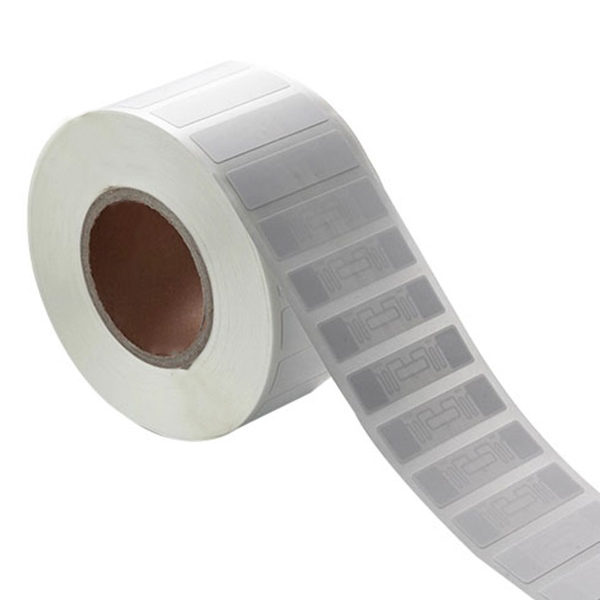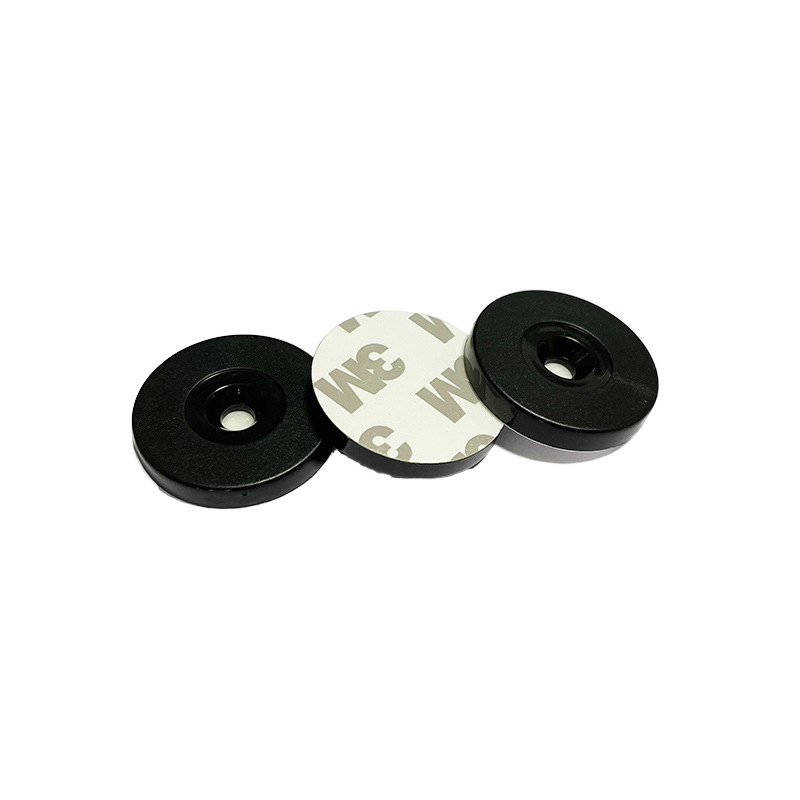Why do Taiwanese students wear RFID tags when running?
In Changhua County, Taiwan, students now put a small RFID tag on their shoes or clothes when they run. This is not for decoration, but to record their exercise more conveniently and safely.
This tag is the size of a stamp, about 5 cm square, and can be firmly attached to clothes, shoes or student ID cards. The tag contains a chip inside, such as Impinj Monza R6, Ucode 9 or M730, and each chip has a unique number, like an ID card, and there will be no duplication.
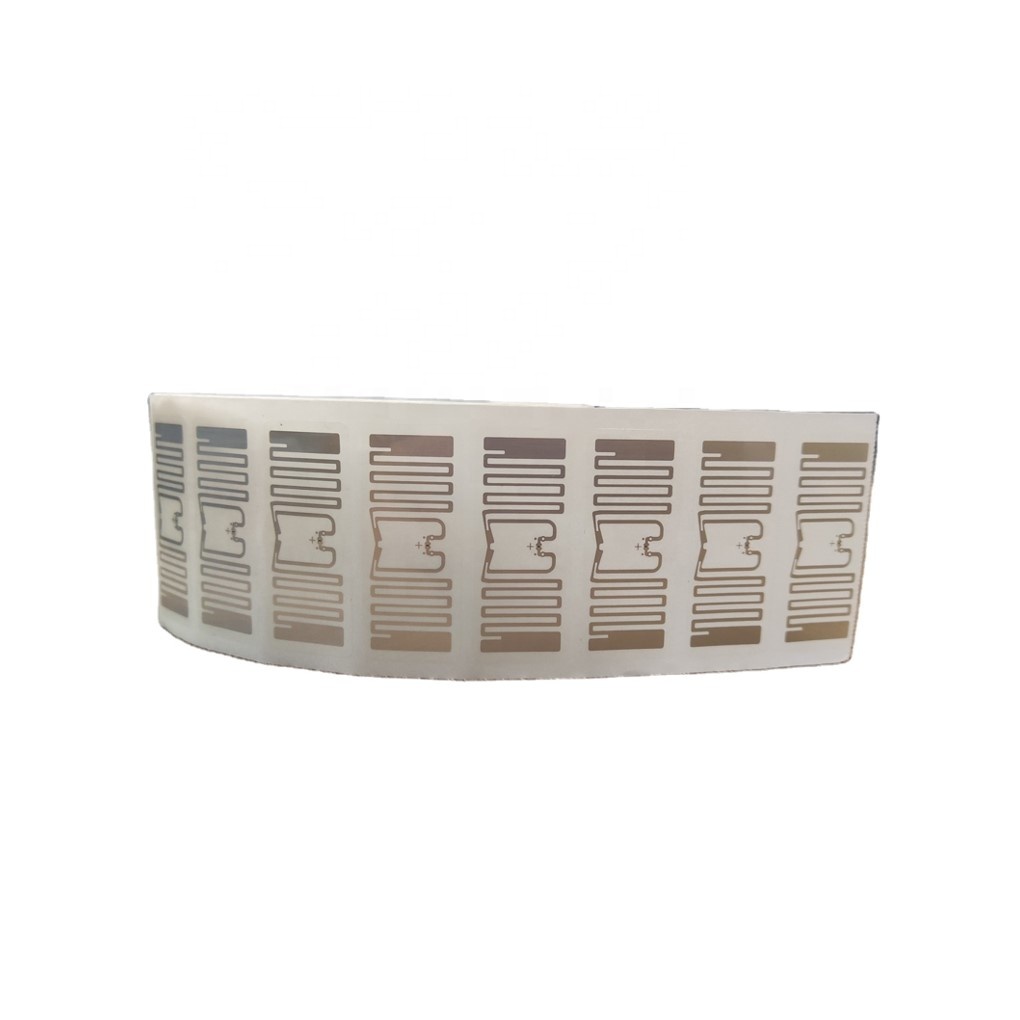
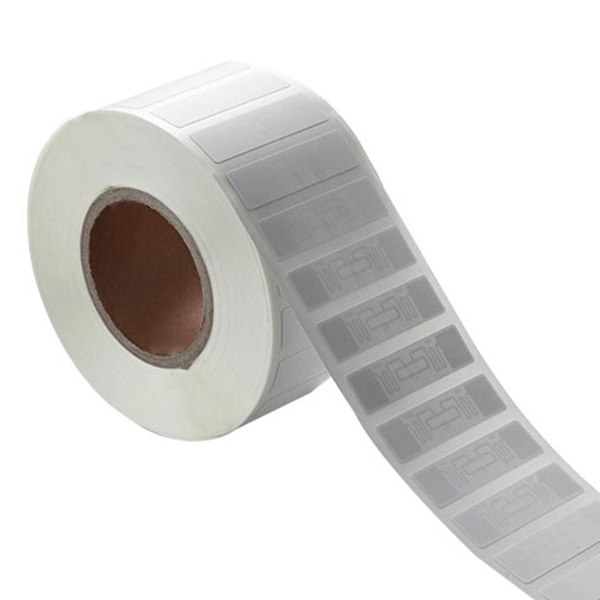
Automatically “check in” during running, more fair and accurate
Schools set up RFID readers on the playground or specific running paths. When students run through these “checkpoints”, the system will automatically scan the tags and record the time and number of laps they pass.
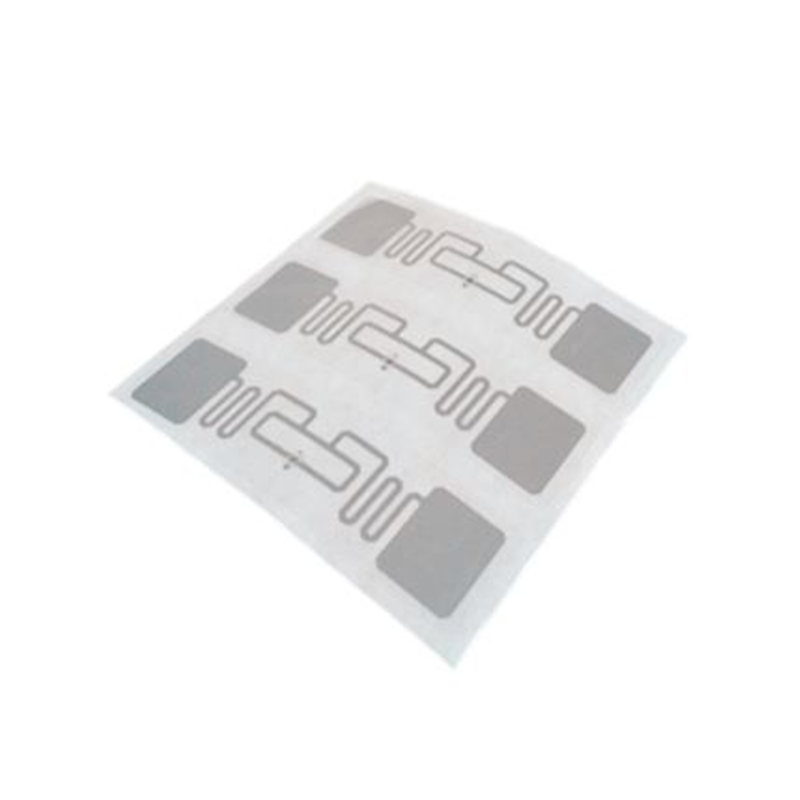
The system automatically scores and can also get rewards
Once the running data is recorded in the system, teachers and students can check their exercise status through computers or tablets, such as:
How many meters did you run today
How many laps did you run in total
Is your performance improved?
The school has also set up a reward mechanism. As long as students run a certain distance or have excellent results, they can get small gifts or praise, which greatly improves everyone’s enthusiasm for participating in sports.
In addition to campus, what other sports can RFID be used in?
RFID is not only used for school running, it is also changing the management methods of various professional sports, such as:
Football: American NFL players have RFID chips in their clothes to record their position and movement speed on the field.
Tennis: RFID tags are attached to the ball to help the referee determine whether the ball is out of bounds.
Bicycle races: Tags record the departure and arrival times of the players to ensure the fairness of the results of the game.
Future Trends of RFID in Sports
With the development of technology, RFID will be used more and more in sports, for example:
Real-time analysis of sports data: The chip can record speed, acceleration and position changes, and coaches can develop training plans based on this.
Smart sports venue management: RFID can be used to manage entry and exit, equipment borrowing, and seating arrangements, saving manpower.
Tracking of competition equipment: Record the use and maintenance of each piece of equipment to reduce damage and omissions.
